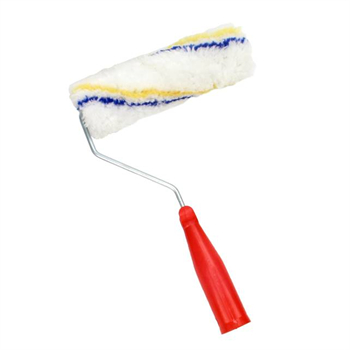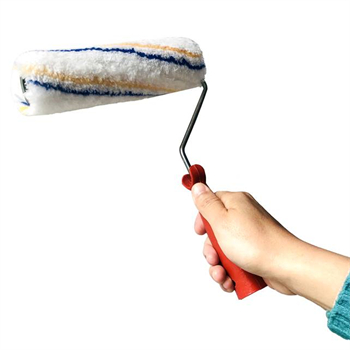The main tool for rolling operation is the roller brush. According to the structure, it can be divided into three types: European style, American style and Swedish style. European style adopts in-line roller brush holder. There is a core in the roller, and the core is tightly rolled during use. For the cross beam of the brush holder, the roller rolls around the core. The axial and radial sloshing amount of the roller is formed by the difference between the space in the roller that contains the core and the radial and axial dimensions of the core. European-style roller bushings generally use bonding and sewing processes. Due to the rise of hot-melt technology, a US-to-European structure is produced, which is used to install straight-through roller brush heads, but the principle has not changed.
The American roller brush holder is used for the installation of the straight-through roller brush head. The biggest feature of the American structure is the existence of CAGE. The cage consists of a front cap, a back cap and ribs connecting the front back cap. Generally, there are 4-5 ribs. Rolling brush The head of the frame is threaded and the rear is dotted. The cage structure is fixed on the crossbeam of the brush holder. The axial direction is determined by the difference between the size formed by the nut and the dot and the installation size of the cage. The amount of radial sloshing is determined by the front cap The difference between the hole diameter and the diameter of the cross beam of the brush holder is determined. The American roller brush holder is elastically pressed against the inner wall of the roller brush head by the elasticity of the ribs.














